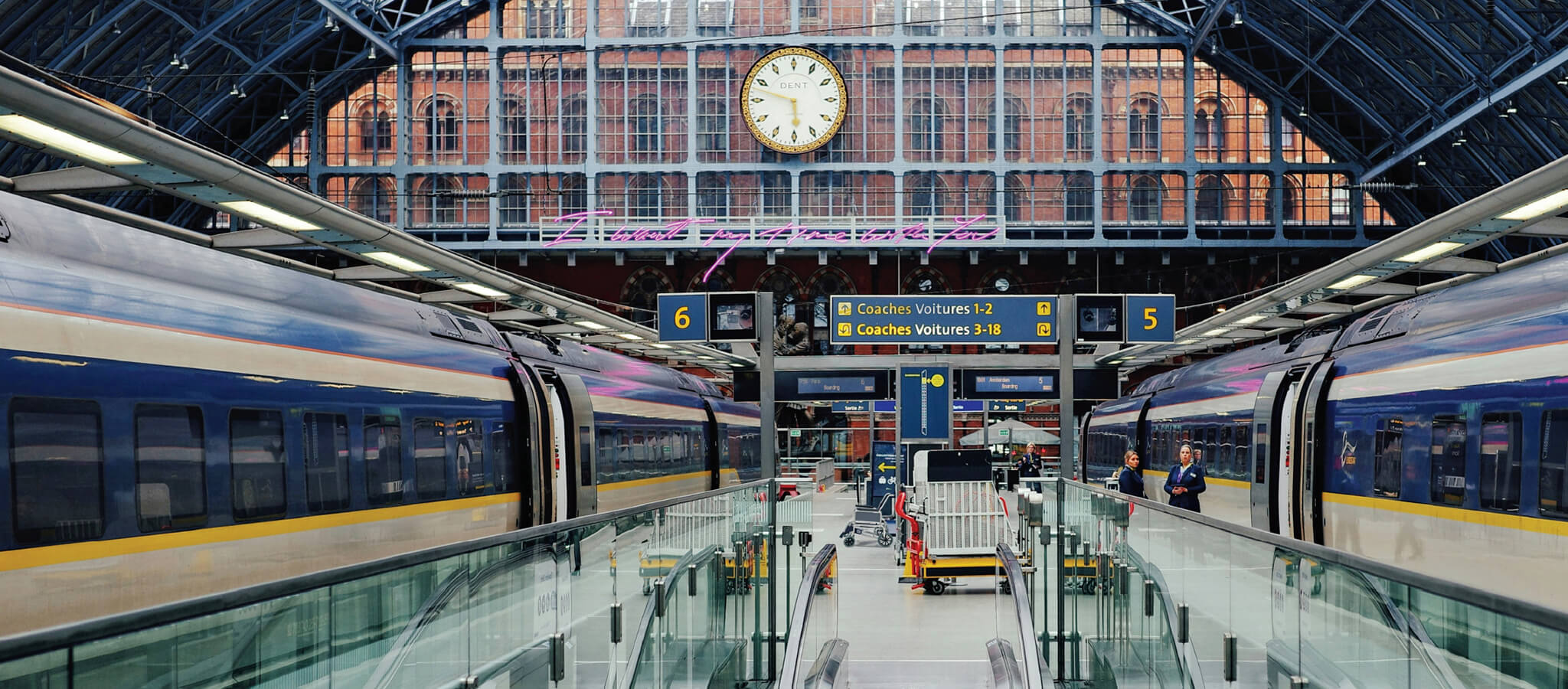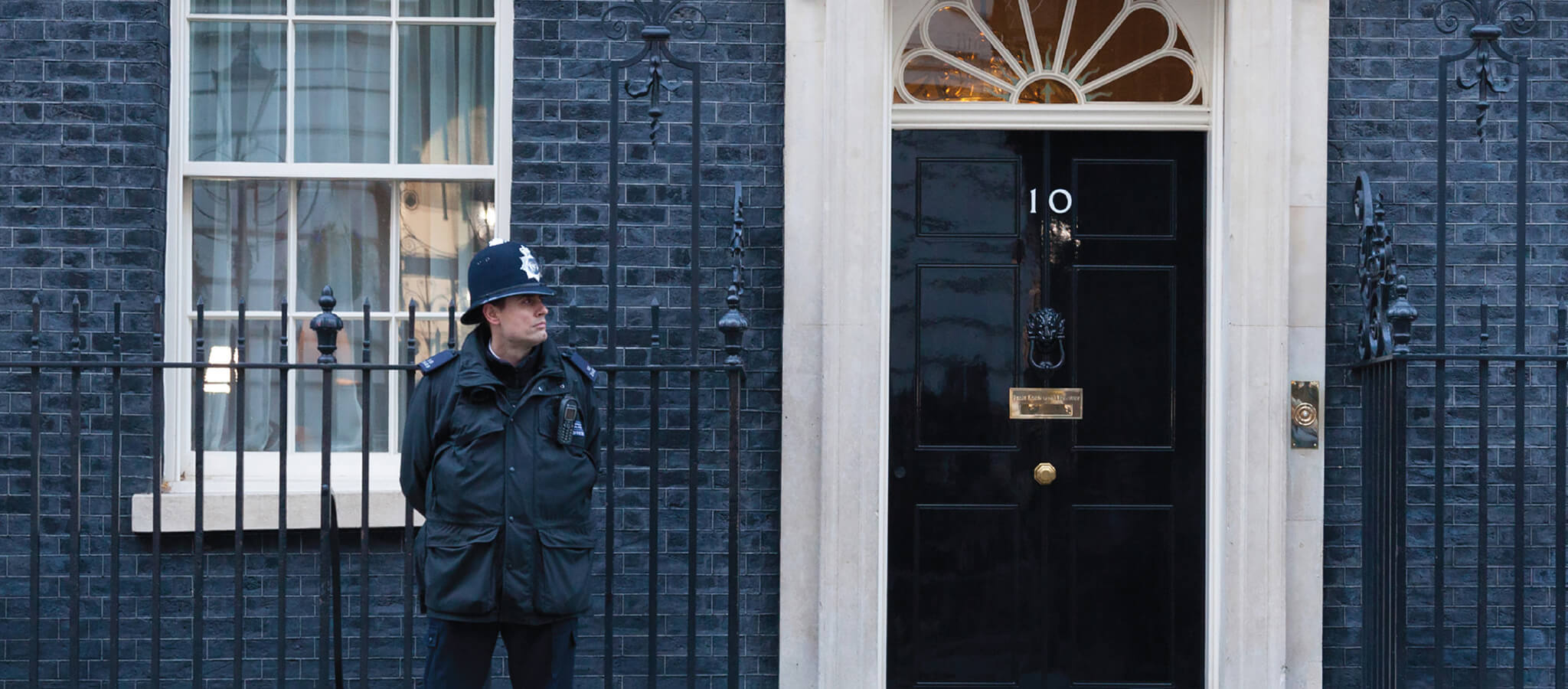Date
In the early 1970s, American university campuses were ripe with social and political activism. Anti-war, civil rights, racial justice, anti-nuclear, freedom of speech and gender rights movements were commonplace. In one collective action, over 4 million striking students caused the closure of more than 450 educational institutions in the only nationwide strike in the country’s history.
On the campus of the University of California, Berkley, one of those students assembled three friends who under the cover of darkness decided to take one matter into their own hands. Michael Pachovas led the group of wheelchair users, pouring concrete between the curb edge and the road to form a series of crude ramps at intersections and crossings so they and fellow wheelchair users would be able to more easily do what most non-disabled people had taken for granted – move freely around the campus. Amongst all the other political movements, activists, and advocates, why could there not be a movement for movement?
The police found out who was behind the makeshift ramps and considered charging the group – who strictly speaking had broken the law – but decided against it. Instead, their small act of highway vandalism became a catalyst for people thinking differently about how to support persons with disabilities.
Pashavas’s action was quite literally a concrete symbol of how a small intervention could make a monumental difference.
By 1972, pressed by disabled activists, the city installed its first official drop curb that would, according to Gerald Baptiste, Associate Director of Berkeley’s Centre for Independent Living, become “the slab of concrete heard around the world”. The thinking evolved, and rather than adding ramps, part of the pavement was instead removed or cut away, forming an incline in the pavement that resulted in a gradual transition from sidewalk / pavement to road and vice versa that became known as a curb cut. Curb cuts were installed across the campus, then across the city, and then thousands followed across the country.
The curb cuts at Berkley were not the first, however. That honour goes to another American city, Kalamazoo, which had installed 45 curb cuts between 1945 and 1947 after city resident and disability rights lawyer Jack H. Fisher tirelessly lobbied authorities. But the Berkley ones came during a new age of activism and are widely referenced as an example of how civic authorities, urban planners, architects and landscape designers can incorporate small features that make a significant impact, and they can rewrite the standards as a result.
In 1990, the Americans with Disabilities Act (ADA) was signed into law, making curb cuts, among other adjustments to the built environment to promote inclusivity (or rather eliminate exclusivity), mandatory. The ADA helped improve society by making public spaces and new infrastructure more usable for everyone. As the world’s first real declaration of equal rights for people with disabilities, the ADA also helped reduce the stigma around disability and individual differences. It started to shift the narrative around disability by making inclusion, not exclusion, the expectation.
The Disability Discrimination Act (DDA) of 1995 in the UK did the same, and now we couldn’t imagine life without curb cuts. We use them when we drag our suitcases around new towns or to make sure sleeping babies in prams stay that way. Delivery drivers use them for hand carts. Five-year-olds on scooters actively seek them out Evel Knievel style, and of course, wheelchair users rely on them to offer the same barrier-free mobility non-disabled people have.
The beauty of the curb-cut effect, a phrase coined by Angela Glover Blackwell, Chief Executive Officer at Policy Link, is that a change designed to improve the experience of one group can yield positive effects for the wider community. Thus, understanding the needs of different groups and designing for inclusivity at the onset can have knock-on benefits that reach beyond the intended group.
In the UK, The Equality Act of 2010 brought together a raft of equality legislation into one Act of Parliament. The Act establishes a responsibility amongst employers and service providers like retailers and banks, along with education providers and public authorities, “to make reasonable adjustments to physical features which might put a disabled person at a substantial disadvantage when compared to a non-disabled person”.
The Act is a substantial milestone insofar as it’s reach is broad and its edges purposefully fuzzy. Its self-declared aim is to ensure that persons with disabilities are not put at a substantial disadvantage or discriminated against because of a property’s physical features. One often cited example is that of a self-service restaurant and the difficulties facing a customer who uses two walking sticks or a walking frame. The physical environment may be well designed to accommodate their various mobility challenges, yet the service design around it presents a substantial barrier. In this instance, the operator needs to demonstrate they have resources and appropriate training in place should the customer need assistance serving themselves or carrying food to their table.

Yet some disability inclusion advocates argue these grey edges need more definition. In one example, operators on the Eurostar train connection between London and Paris decided if a wheelchair user could not propel themselves, then it would be safer for their staff if the passenger were transferred to a standardised station wheelchair on which all staff could be well trained. Doing so, however, meant the disabled passengers own chair needed to be manhandled onto the train separately, not to mention the challenges this presents for the disabled passenger: while they suffer the indignity of the transfer from their own tailored chair to a generic one, their health and safety risk escalates immeasurably in the meantime. In fairness, when the change resulted in a series of embarrassing confrontations between London-bound passengers and staff quickly making national news, Eurostar adjusted the policy, but it highlights just how uncommon common sense is in and around these topics.
Governments and organisations could also do much more to understand the definition of being disabled. It might be obvious to recognise how someone who is blind or visually impaired would fall under the Act, but less well known is that it also captures cancer, HIV infection and progressive conditions that get worse over time (e.g. Alzheimer’s disease, motor neurone disease, muscular dystrophy, Parkinson’s, etc.). Someone with a progressive condition is considered by law to have a disability as soon as it starts to influence their normal day-to-day activities. The effect does not have to be substantial as long as it’s likely to become substantial in the future.
Straight-talking disability and accessibility advisor Luis Canto E Castro believes that while some forward-looking employers are ready for this, most are completely oblivious of their impending obligations. “Don’t get me wrong, I love being at the head of the table, but not when it’s the only part of the table I can get to in the average meeting room.”

And while he applauds government-led initiatives to remove barriers to employment and services, he’s quick to point out the elephant in the room when it comes to historic buildings.
“Too many organisations are doing nowhere near enough in this area. In citing the protection of historic buildings over the adaptation of them, they might as well say not all of us deserve access.”
He half jokes: “The hot seats of British Government are all in historic buildings.” 10 Downing Street in London (colloquially known as “Number 10”) has been the official residence of the British Prime Minister since 1735, and the building itself dates back to the 1680s. The Prime Minister’s official residence outside of London is the sprawling 16th century historic Chequers mansion in Buckinghamshire.
“Let’s face it, if the Prime Minister was a wheelchair-user like me, Number 10 would now be one of London’s top museums, with tourists queueing down Whitehall to see where Winston Churchill won a war and Boris Johnson partied. Meanwhile the Prime Minister, the Chancellor and the officials around them would be working from a brand new and universally accessible grade-A office designed for the purpose of running a country.”
Imagine how change could be accelerated if more organisations approached their workplace projects asking, “What can we do?” instead of “What must we do?” What if they asked, “How can we go beyond compliance?” rather than “Are we compliant?”
At Aéto we know the user is the epicentre of the people + place equation and that to build an effective workplace system around the user, one first must understand those users. Without a deep understanding of what they do in their roles, it is impossible to build outstanding systems and environments where employees can excel in those roles.